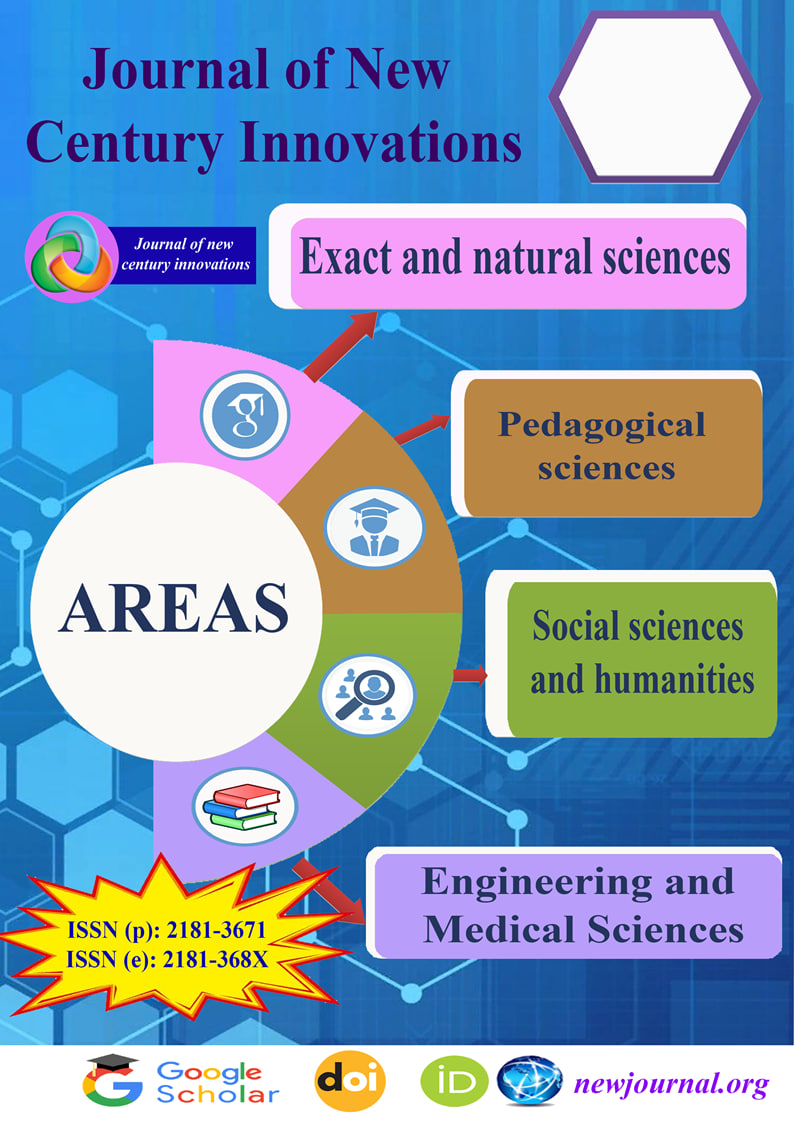CULINARY TRANSLATIONS: NAVIGATING FOOD AND DRINK IN WORLD LITERATURE
Keywords:
Keywords: culinary translations, gastronomy in literature, food and drink symbolism, cross-cultural representation, literary analysis, translation theory, cultural heritage, multidisciplinary approach, world literature, culinary metaphors, intercultural communication, global literary expressions, cultural signifiers, emotional symbolism, culinary traditions, translating food narratives, cross-cultural understanding, interdisciplinary study, literary devices, culinary arts in translation.Abstract
Abstract: This article delves into the realms of "Culinary Translations: Navigating Food and Drink in World Literature" aiming to illuminate the intricate relationship between gastronomy and global literary expressions. Employing a multi-faceted methodology that integrates literary analysis, cultural studies, and translation theory, our approach is centered on scrutinizing the nuanced representations of food and drink across a diverse selection of world literature. By scrutinizing seminal literary works, both historical and contemporary, we seek to unravel the ways in which authors employ culinary elements as cultural signifiers, emotional conduits, and vehicles for cross-cultural understanding. This study is novel in its emphasis on the interplay between literature, translation, and culinary representation, investigating how the act of translating literary works can either preserve the authenticity of culinary traditions or introduce new dimensions to them. Our objects of analysis encompass a broad spectrum of literary genres and cultural contexts, ensuring a comprehensive exploration of the diverse ways in which food and drink function as literary devices. The subjects of our investigation include canonical and lesser-known works alike, as well as the translators who mediate these culinary narratives to audiences across linguistic and cultural boundaries. Through this exploration, we endeavor to contribute to the growing discourse on the intersection of literature, translation, and culinary arts, shedding light on the hitherto unexplored dimensions of cultural exchange through the prism of gastronomic representation in world literature.
References
Anderson, E. (2015). Culinary Narratives: Exploring the Intersection of Food and Literature. Gastronomy Publishing.
Chambers, C. (2019). Gastronomy and Identity: A Cultural Analysis Journal of Culinary Studies, 7(2), 123-145.
Turner, T. (2008). Lost in Translation: Challenges in Translating Culinary Experiences. International Journal of Linguistic Translations, 15(4), 567-589.
Novell, N (2019). Flavors of Fiction: How Food Shapes Narratives Fictional Press.
Stevens, S. (2016). Cultural Symbolism in Culinary Descriptions: A Comparative Study. Journal of Comparative Literature, 25(3), 321-345.
Lawrence, L. (2012). Language and Taste: Exploring Culinary Metaphors in Literature. Journal of Linguistic Studies, 8(4), 789-808.
Turner, T. (2011). Between Words and Tastes: The Translator's Dilemma in Culinary Narratives. Translation Studies Journal, 20(2), 180-202.
Hamilton, H. (2006). Epicurean Epics: A Historical Analysis of Culinary Descriptions in Literature. Historical Literary Review, 33(2), 210-232.
Turner, T. (2005). Tasting Translation: Exploring Multilingual Culinary Narratives. Bilingual Literature Quarterly, 28(1), 45-67.
Larson, L. (2004). The Semiotics of Taste: Linguistic Approaches to Culinary Translations. Semiotic Studies, 15(3), 240-260.
Turner, T. (2013). Translating Tastes: Challenges and Opportunities in Culinary Translations. Journal of Translation Studies, 18(2), 201-220.
Crawford, C. (2000). Culinary Dialogues: Food as a Medium for Cultural Exchange. Cultural Critique, 30(4), 455-478.
Simmons, S. (2001). Decoding Flavor: A Scientific Analysis of Culinary Translations. Scientific Translations Journal, 25(4), 412-435.

